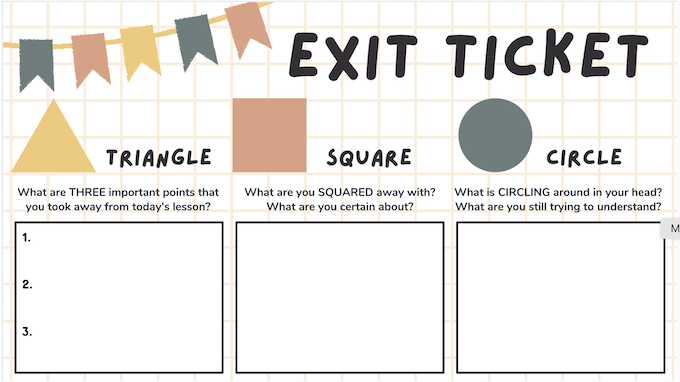How To Bring Instant Calm To Your Classroom
 One of the biggest causes of misbehavior is excitability.
One of the biggest causes of misbehavior is excitability.
It’s also one of the hardest to fix.
The reason is that most struggling teachers just don’t notice it.
They become so used to the tension, so accustomed to the antsiness and disquiet, that they’re not even aware it exists.
A visitor, however, can feel it the moment they step through the door.
It’s palpable.
Personally, the buzz of excitability gives me the heebie-jeebies. It makes me shiver and takes willpower just to stick around for a few minutes.
The good news is that once it’s identified, once it’s determined to be the root cause of silliness, rambunctiousness, and the like, it can be corrected almost instantly with the following five strategies.
1. Breathe
You are the source of the energy in your classroom. Your students take up their cue from you. So if you’re tense and uptight, it will reflect in the behavior of your class.
One sure way to sweep out the negative vibes is to breathe, long and slow, deep through the abdomen. Relax your body and let your calm presence fill the room and carry from one student to the next.
I know it sounds new-agey, but it really works. You can feel the pressure drain from your room and actually see restlessness and excitability subside.
Just breathe and soften the muscles of your body. Not only will it have a positive effect on your students, but it will help alleviate your own mental stress and strain.
2. Pause
Struggling teachers tend to talk fast with very little space between phrases. They also pepper their speech with ums and ahs, fearing that if they don’t fill the silence, then their students will.
Add to it the overwhelming need to narrate and over-explain and repeat themselves again and again, and you have the perfect recipe for excitability.
You see, the constant chatter is disconcerting to students. It causes nervousness and boredom and the desire to tune you out in favor of those around them.
Simply pausing—often and sometimes lengthily—increases the power of your words.
It makes you more interesting. It saves students the bandwidth they need to fully take in what you have to say. It stops the turning and racing of their thoughts and enables them to settle in and just listen.
3. Stop
Watching a teacher move and bustle around the room all day is both exhausting and nerve-wracking to students. Many teachers think it causes them to pay better attention.
But the opposite is true.
It causes them to grow weary, lose focus, and look away.
The solution is to stop and stand in one place, especially when giving instructions or providing important information. This will draw eyes and ears to you.
It will pull your students’ attention away from every little distraction in the environment and focus it on what matters.
4. Reduce
Most teachers talk too much and struggling teachers talk way too much. The result is that within a short period of time, ten minutes even, the flood of information becomes overwhelming to students.
They can only take in so much.
They can only pick out and decipher what’s important for so long before they completely tune you out. Your voice then becomes background noise that merely agitates and inspires their own chatter.
If you can cut your talking by one third, you’ll notice a dramatic difference in attentiveness. Your students will have time to process, ponder, and comprehend.
And they’ll come to know that everything you say is worth listening to.
5. Slow
Excitability is like listening to a song played at twice the speed. It’s like running errands on one too many cups of coffee or watching a sugar high romp in a birthday party bounce house.
A sure way to quell an overstimulated class is to simply slow down.
Talk slower. Move slower. Take your time between transitions. Never move on until you’re getting exactly what you want from your students.
Remarkably, you’ll find that not only will your class be calmer and more focused, but you’ll get a lot more done. Listening and performance will also improve, and you’ll have more time than you ever thought possible.
Bad Juju
Excitability is an oft-hidden but potent cause of misbehavior. It’s an ever-present hum that once taken hold, never leaves your classroom.
Unless, that is, you recognize it for the scourge that it is and deal with it at its source.
The five strategies above are proven to calm and soothe even the most frazzled classrooms. They rid the air of bad juju. They settle unsettled minds.
They eliminate the desire to fidget and squirm and talk a mile a minute.
But they must become not merely strategies you try once in a while or when things get particularly chaotic. Rather, they must become as much a part of your classroom as the desks and chairs.
And the curriculum you so badly want to be able to teach.

